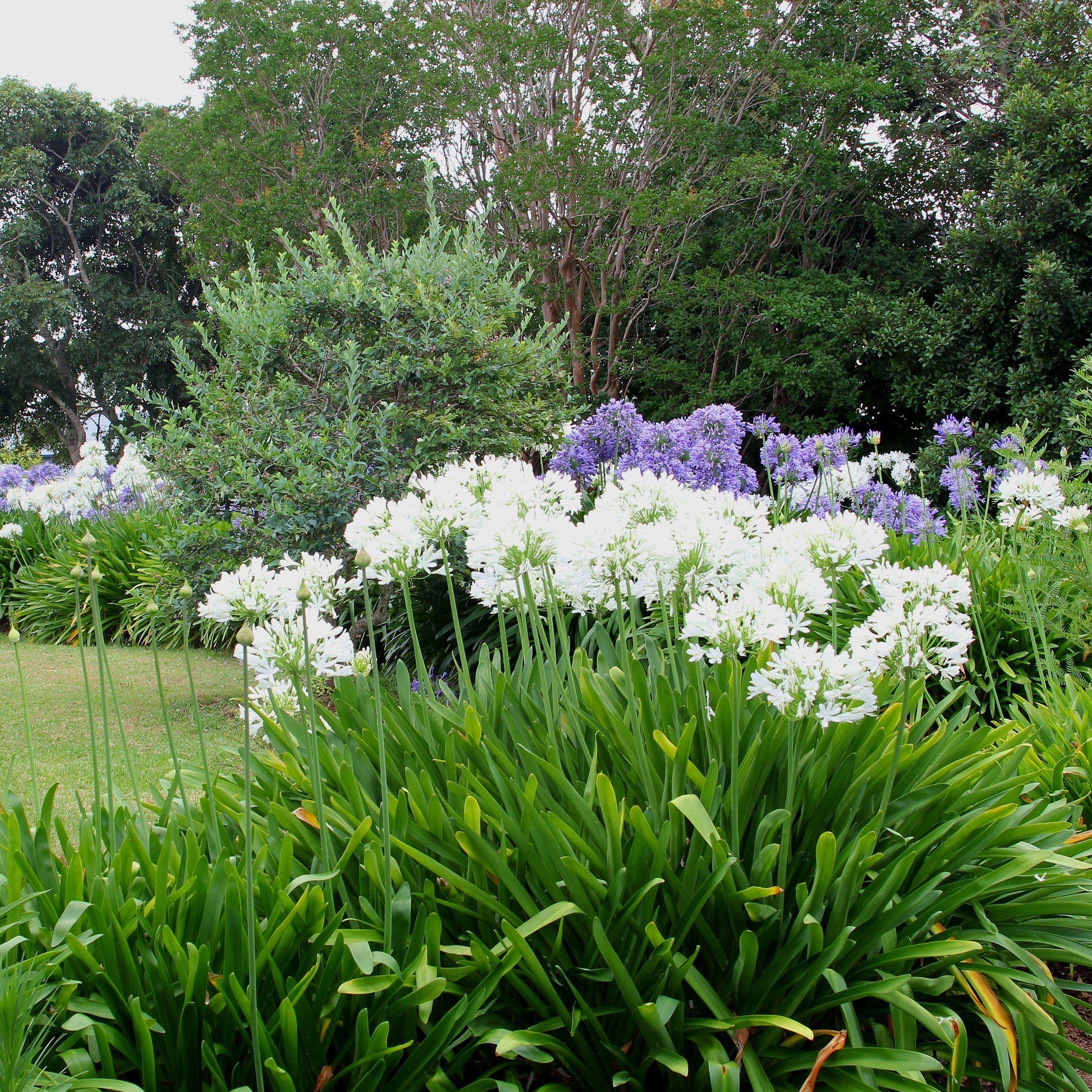Magnificent Agapanthus: Enhancing Your Yard's Elegance
Magnificent Agapanthus: Enhancing Your Yard's Elegance
Blog Article
Mastering the Art of Agapanthus Care: Necessary Steps for Healthy And Balanced Development and Dynamic Blooms
In the world of gardening, the cultivation of agapanthus stands as a gratifying venture for those who look for to support these classy flowering plants. With their striking blossoms and stylish vegetation, agapanthus has caught the focus of garden enthusiasts worldwide. Nonetheless, accomplishing ideal growth and vibrant blooms needs a nuanced technique that incorporates different crucial actions. From picking the appropriate selection to understanding trimming methods, the journey towards growing growing agapanthus plants is complex and holds the key to opening the complete capacity of these botanical treasures.

Choosing the Right Agapanthus Range

When selecting the appropriate Agapanthus variety for your yard, consider variables such as climate suitability, bloom color, and growth practice. Furthermore, take into consideration the climate in your area to make certain the Agapanthus range you pick can prosper in your specific problems. Understanding the development practice of different Agapanthus selections is essential for proper placement within your garden.
Perfect Planting Problems
Considering the ideal environmental demands is important for effective Agapanthus farming. Agapanthus plants are delicate to cold temperatures and must be protected from frost throughout winter months.
To make certain healthy and balanced growth and dynamic blooms, plant Agapanthus light bulbs at a deepness of concerning 2-4 inches and area them 8-12 inches apart. Mulching around the base of the plants assists retain dampness and reduces weed growth.
Watering and Feeding Tips
Preserving proper dampness degrees and supplying crucial nutrients are essential elements in the care routine for Agapanthus plants. When it comes to watering Agapanthus, it is essential to strike a balance. These plants choose regularly moist soil but are prone to root rot if overwatered.
Fertilizing Agapanthus is essential for promoting healthy and balanced growth and respected blooms. Use a balanced fertilizer, such as a 10-10-10 formula, in the early spring as new growth emerges. Repeat this application every 6-8 weeks throughout the expanding period. Avoid too much fertilization, as it can lead to lavish foliage at the expense of blooms. Constantly comply with the maker's instructions for appropriate dilution and application techniques. By adhering to these watering and fertilizing pointers, you can ensure your Agapanthus plants grow and produce dynamic, lasting blossoms.
Trimming Techniques for Agapanthus
Trimming Agapanthus plants at the appropriate times and with appropriate techniques is crucial for keeping their health and advertising ideal development and flowering. The ideal time to trim Agapanthus is in late winter season or very early springtime prior to new growth emerges. Begin by removing any type of yellowing or dead leaves near the base of the plant. Cut them as short as possible without harming the emerging shoots.
For flowered stems, wait until the blossoms have actually perished and then trim them back to the base. This not just cleans up the plant's look however additionally encourages the growth of brand-new blossom buds. Deadheading invested blossoms can also redirect the plant's energy right into producing even more flowers instead than establishing seeds. However, if you desire to gather seeds for proliferation, leave some flowers to completely dry and fully grown on the plant.
Keep in mind to utilize clean, sharp devices to make accurate cuts and reduce the threat of presenting diseases. Agapanthus. Normal trimming will certainly assist keep your Agapanthus looking neat and healthy and balanced while ensuring a plentiful screen of stunning blooms
Managing Typical Bugs and Illness
After guaranteeing appropriate trimming strategies for Agapanthus, it is essential to address common insects and illness that can impact the wellness and vigor of these plants. One common parasite that impacts Agapanthus is the Agapanthus gall midge.
One more usual concern is fungal fallen leave spot, which presents as dark lesions on the fallen leaves. To stop fungal conditions, make sure great air flow around the plants, prevent overhead watering, and remove any contaminated leaves quickly. Furthermore, Agapanthus plants can struggle with root rot if they are grown in badly draining dirt. To stop this, plant Agapanthus in well-draining dirt and article source stay clear of overwatering. By being alert and taking punctual action against bugs and conditions, you can aid your Agapanthus plants thrive and create lively blossoms.

Conclusion
Finally, mastering the art of agapanthus treatment involves choosing the right range, offering ideal planting problems, correct watering and feeding, ideal trimming techniques, and addressing usual bugs and conditions. By following these vital actions, you can guarantee healthy growth and dynamic flowers for your agapanthus plants. Bear in mind to routinely monitor and keep your plants to advertise their general well-being and longevity.
To ensure healthy and balanced growth and dynamic flowers, plant Agapanthus light bulbs at a deepness of regarding 2-4 inches and area them 8-12 inches apart. By complying with these watering and fertilizing pointers, you can guarantee your Agapanthus plants prosper and create vivid, resilient blossoms.
One usual parasite that influences Agapanthus is the Agapanthus gall midge. Furthermore, Agapanthus plants can experience from origin rot click to find out more if they More hints are grown in improperly draining pipes dirt. By following these necessary steps, you can ensure healthy and balanced development and dynamic flowers for your agapanthus plants.
Report this page